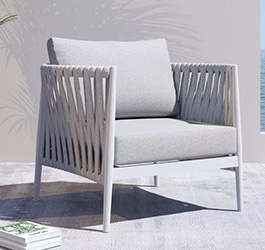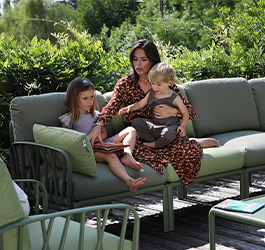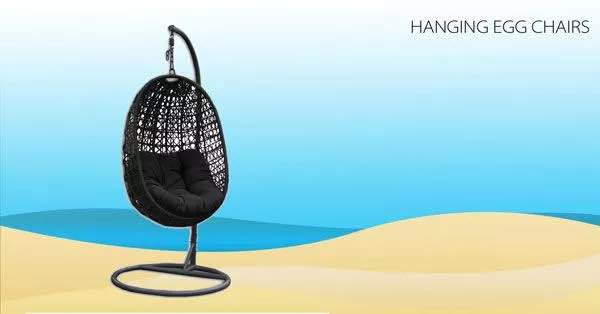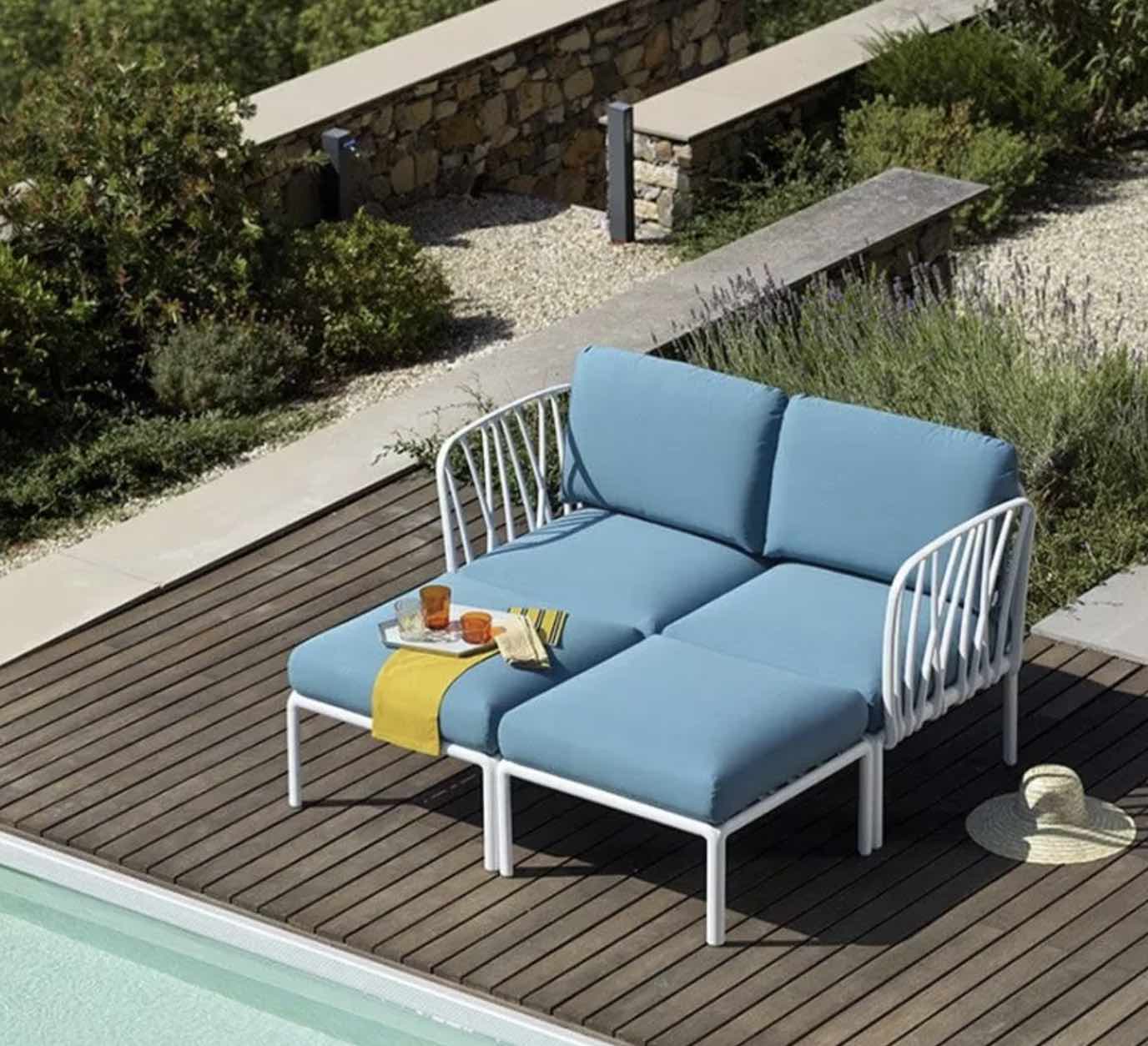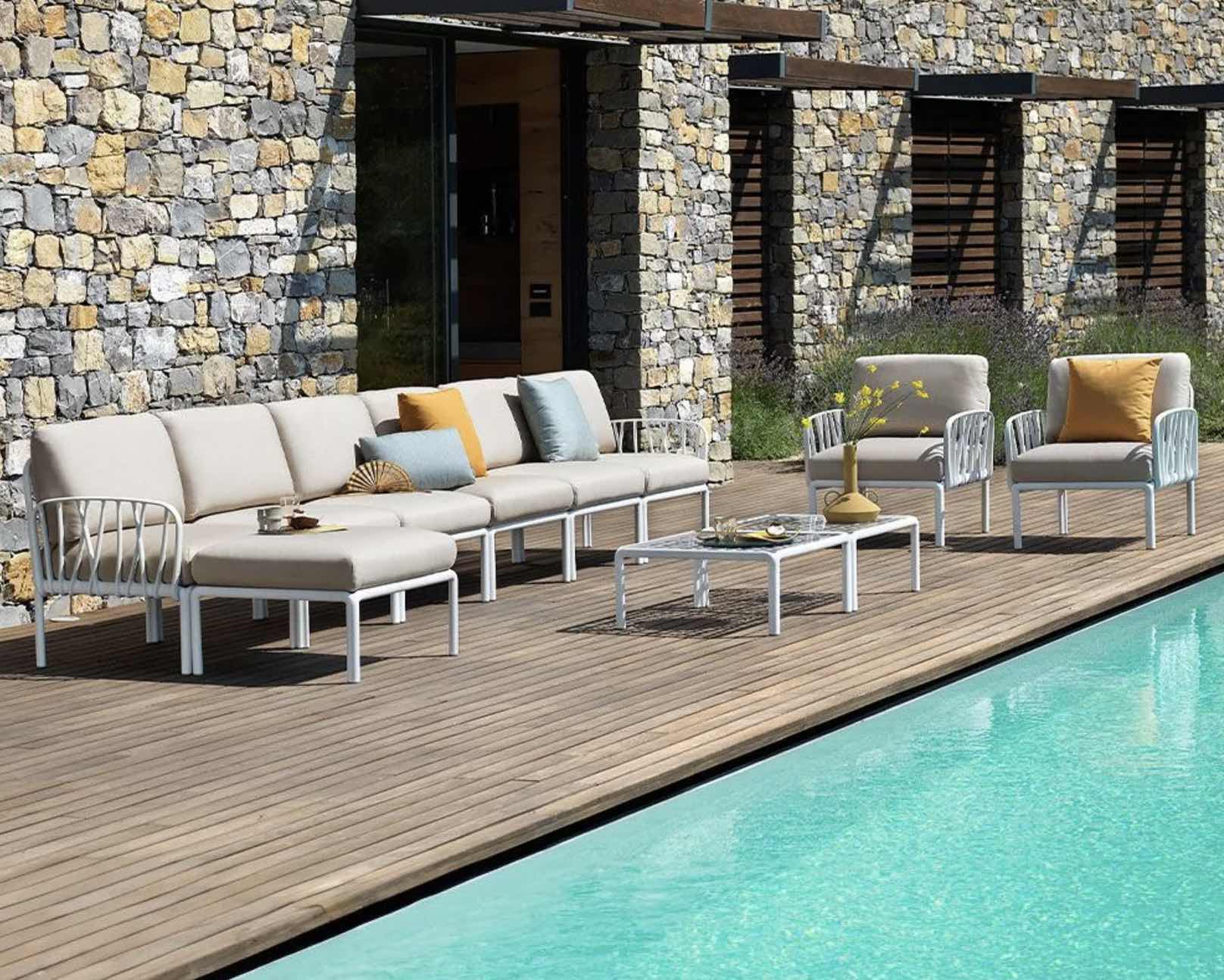How To Clean Outdoor Furniture
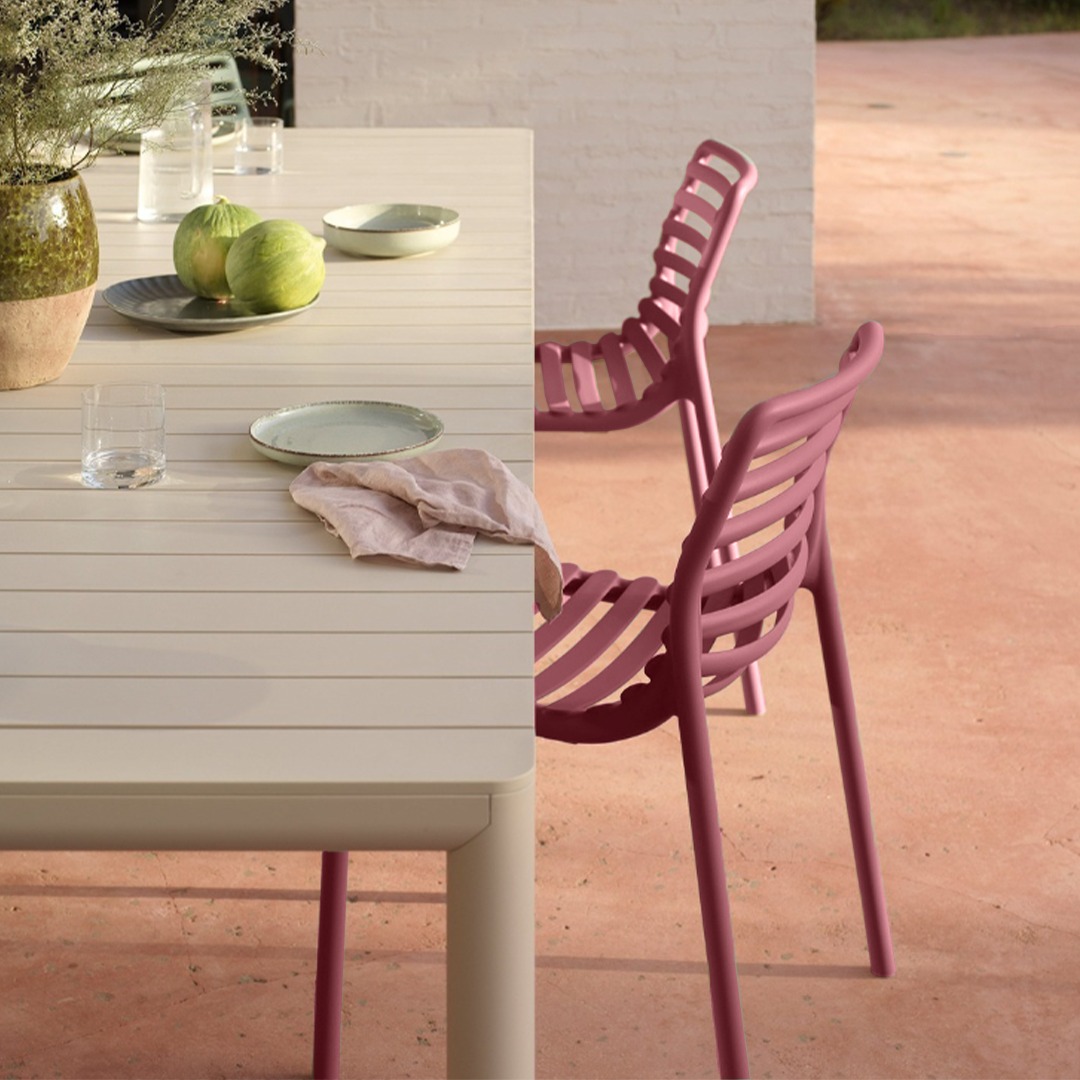
Our outside areas become an extension of our homes and a spot to unwind, host guests, and enjoy the weather. But outdoor furniture can easily lose its shine and allure if not properly cared for. In this blog, we'll go over the crucial procedures for maintaining outdoor furniture's best appearance from season to season in our extensive how to clean outdoor furniture guide.

Understanding Your Outdoor Furniture
It's important to know what materials your outdoor furniture is composed of before you start cleaning. Every material has unique qualities and weaknesses that need to be addressed in order to preserve its integrity and aesthetic appeal.
You should be aware of your outdoor timber furniture's vulnerability to dampness, UV rays, and insect damage. Even though hardwoods like teak and cedar are naturally resistant to deterioration, they nevertheless need to be maintained on a regular basis to avoid fading and weathering.
Moreover, outdoor metal furniture could be more vulnerable to rust and corrosion, particularly if it is left outside in the weather for a long time. Because of their strength, wrought iron and aluminium are excellent materials for outdoor furniture, but they still need to be cleaned sometimes and coated with protective materials to avoid corrosion.
Outdoor Plastic furniture such as Nardi Resin Furniture is a popular option for outdoor use since it is inexpensive, lightweight, and simple to clean. But if plastic isn't treated properly, it might eventually get brittle and discoloured. Cleaning it on a regular basis with a mild detergent solution can help maintain its brightness and freshness.
On the other hand, Outside Wicker furniture gives outdoor settings a sense of rustic charm, but it needs special maintenance to keep its good looks. Naturally occurring wicker is prone to the growth of mould and mildew, particularly in humid environments. Although synthetic wicker, which is composed of polyethylene or resin, is more resilient to damp and more lasting, it still needs to be cleaned frequently to keep its colour and avoid dirt accumulation.
Last but not least, fabric furniture like cushions and upholstery gives outdoor seating configurations comfort and flair. Even while outdoor fabrics are made to resist exposure to sunshine, dampness, and mildew, they still need to be cleaned on a regular basis to get rid of dirt and debris and stop the spread of mould.
Important Cleaning Materials
It's time to gather your cleaning products now that you are aware of the qualities of the various materials used to make outdoor furniture. What you'll need is
Mild detergent: Opt for a dishwashing liquid or soap that isn't too strong to harm your furniture's finish.
Water: For most cleaning jobs, use lukewarm water instead of hot water because hot water can distort or discolour some materials.
A soft-bristle brush is what you want to use if you don't want to scratch or harm your furniture's surface.
Microfiber cloths: These work great for drying furniture after cleaning and for wiping down surfaces.
Protective gear: To shield your hands and eyes from abrasive chemicals and cleaning solutions, put on gloves and goggles.
Cleaning Methods for Different Outdoor Furniture Materials
Now that you have your cleaning supplies ready, it's time to tackle the task of cleaning your outdoor furniture. Here are some basic cleaning methods for different materials:
Wood Furniture: Start by gently scrubbing the surface with a mixture of soap and water, then rinse thoroughly and allow to dry completely. For stubborn stains or weathered surfaces, consider sanding and refinishing to restore the wood's natural beauty.
Metal Furniture: Remove dirt and grime with a mild detergent solution, then address rust spots with a rust remover or steel wool. Apply a protective coating, such as metal polish or clear sealant, to prevent future corrosion.
Fabric Furniture: Vacuum cushions and upholstery to remove dirt and debris, then spot clean stains with a fabric cleaner or a mixture of soap and water. Machine wash removable covers according to manufacturer instructions, and always air dry to prevent shrinkage.
Plastic furniture: Should be properly cleaned and rinsed after washing in warm, soapy water with a gentle cloth or sponge. Use a vinegar and water mixture or a specific plastic cleaner for thorough cleaning. Scrubbing brushes and aggressive cleansers should be avoided since they may harm the plastic's surface.
Wicker furniture: To get rid of dirt and debris, dust it frequently using a soft brush or hoover attachment. Use a moderate detergent solution to spot clean, then rinse and completely dry. Use a bleach and water solution to scrub away any mould or mildew, then thoroughly rinse and dry.

How To Remove Stubborn Stains From Outdoor Furniture
Cleaning outdoor furniture might provide sporadic difficulties even with your best efforts. There are solutions for each problem, including chronic mould growth, weather-related damage, and obstinate stains. Here are a few typical problems along with their fixes:
Stubborn Stains: Determine the type of stain and create a cleaning solution specifically for it in order to remove stains from outdoor furniture efficiently. Before putting the solution directly to the stain, test it on a tiny, discrete area. After letting the solution soak into the stained area for a few minutes, gently clean it with a soft-bristled brush or sponge. Thoroughly rinse with clean water, and repeat the procedure if required.
Mould & Mildew: In order to get rid of mould or mildew from outdoor furniture, mix equal parts water and bleach in a spray bottle. Apply the solution liberally to the impacted areas and let it sit for a short while. After scrubbing the mouldy or mildewed areas using a brush or sponge, give the furniture a good rinse. Continue doing this as often as required until there are no more signs of mildew or mould.
Weather-related Damage: If your outdoor furniture has suffered damage from exposure to the elements, such as fading, warping, or cracking, there are steps you can take to restore it. For faded or discoloured surfaces, consider using a UV-resistant sealant or wood stain to restore the colour and protect against future damage. For warped or cracked wood, sand down the damaged areas and apply a wood filler or epoxy resin to reinforce the structure.
Buy Outdoor Furniture Cleaning Products From Us At Outdoor Furniture Ideas
Keeping outdoor furniture clean doesn't have to be a difficult task. You can maintain the attractiveness and invitingness of your outdoor living areas for many years to come with the correct information and equipment. You can guarantee that your outdoor furniture will continue to provide you and your visitors with a source of pleasure and relaxation by adhering to the instructions provided in this book and being proactive with seasonal maintenance. Now let's get started—roll up your sleeves and browse our range of cleaning products for your outdoor furniture today!
Need some inspiration on the right outdoor furniture for you? Read our blog on Where To Buy Outdoor Furniture that suits your space to find out what's right for you!



